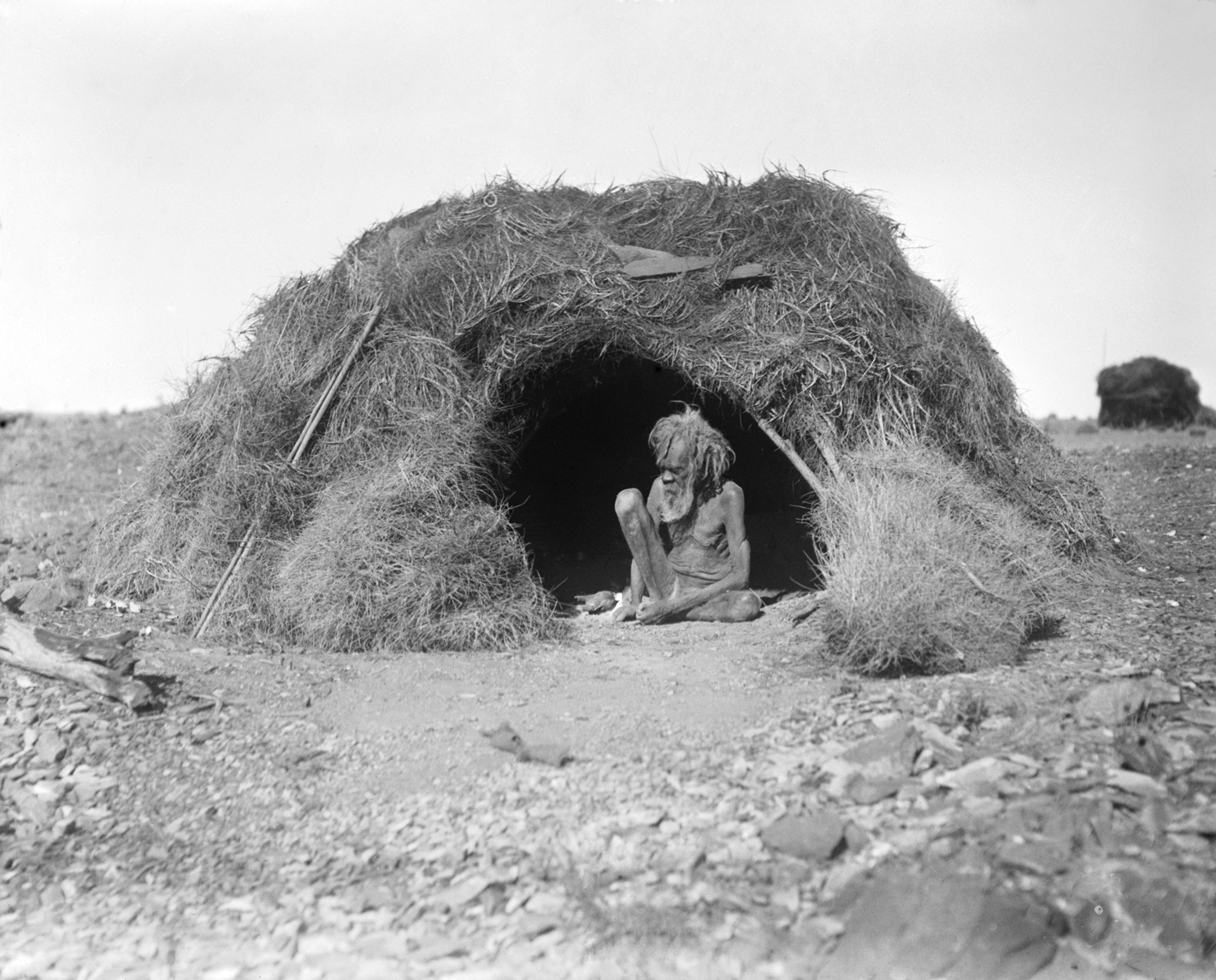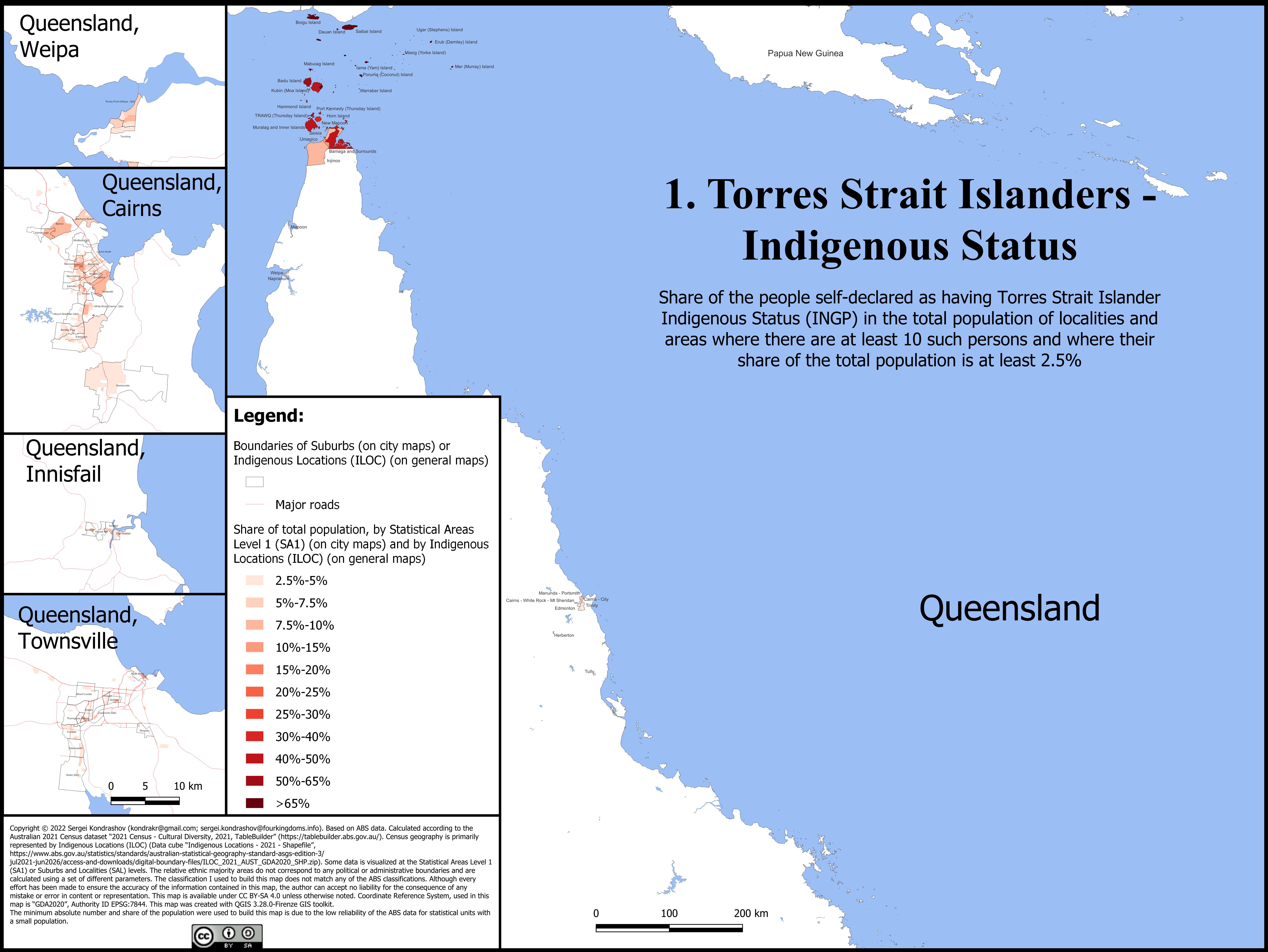 |
AIATSIS
The Australian Institute of Aboriginal and Torres Strait Islander Studies (AIATSIS), established as the Australian Institute of Aboriginal Studies (AIAS) in 1964, is an independent Australian Government statutory authority. It is a collecting, publishing, and research institute and is considered to be Australia's premier resource for information about the cultures and societies of Aboriginal and Torres Strait Islander peoples. The institute is a leader in ethical research and the handling of culturally sensitive material. The collection at AIATSIS has been built through over 50 years of research and engagement with Aboriginal and Torres Strait Islander communities and is now a source of language and culture revitalisation, native title research, and Indigenous family and community history. AIATSIS is located on Acton Peninsula in Canberra, Australian Capital Territory. History The proposal and interim council (1959–1964) In the late 1950s, there was an increasing focus ... [...More Info...] [...Related Items...] OR: [Wikipedia] [Google] [Baidu] [Amazon] |
|
Aboriginal And Torres Strait Islander
Indigenous Australians are people with familial heritage from, or recognised membership of, the various ethnic groups living within the territory of contemporary Australia prior to History of Australia (1788–1850), British colonisation. They consist of two distinct groups, which include many ethnic groups: the Aboriginal Australians of the mainland and many islands, including Aboriginal Tasmanians, Tasmania, and the Torres Strait Islanders of the seas between Queensland and Papua New Guinea, located in Melanesia. 812,728 people Aboriginality, self-identified as being of Aboriginal and/or Torres Strait Islander origin in the 2021 Australian Census, representing 3.2% of the total population of Australia. Of these Indigenous Australians, 91.4% identified as Aboriginal, 4.2% identified as Torres Strait Islander, and 4.4% identified with both groups. The term Aboriginal and Torres Strait Islander peoples or the person's specific cultural group, is often preferred, though the term ... [...More Info...] [...Related Items...] OR: [Wikipedia] [Google] [Baidu] [Amazon] |
|
 |
Australian Aborigine
Aboriginal Australians are the various indigenous peoples of the Australian mainland and many of its islands, excluding the ethnically distinct people of the Torres Strait Islands. Humans first migrated to Australia 50,000 to 65,000 years ago, and over time formed as many as 500 language-based groups. In the past, Aboriginal people lived over large sections of the continental shelf. They were isolated on many of the smaller offshore islands and Tasmania when the land was inundated at the start of the Holocene inter-glacial period, about 11,700 years ago. Despite this, Aboriginal people maintained extensive networks within the continent and certain groups maintained relationships with Torres Strait Islanders and the Makassar people of modern-day Indonesia. Over the millennia, Aboriginal people developed complex trade networks, inter-cultural relationships, law and religions, which make up some of the oldest, and possibly ''the'' oldest, continuous cultures in the world. At ... [...More Info...] [...Related Items...] OR: [Wikipedia] [Google] [Baidu] [Amazon] |
 |
William Edward Hanley Stanner
William Edward Hanley Stanner CMG (24 November 19058 October 1981), often cited as W.E.H. Stanner, was an Australian anthropologist who worked extensively with Indigenous Australians. Stanner had a varied career that also included journalism in the 1930s, military service in World War II, and political advice on colonial policy in Africa and the South Pacific in the post-war period. He was the Commanding Officer of the 2/1st North Australia Observer Unit (NAOU) during World War II, also known as the "Nackeroos" and "Curtin's Cowboys". The NAOU was the military predecessor to the modern Norforce. Formed in March 1942 and disbanded March 1945, they patrolled northern Australia for signs of enemy activity. Stanner was an influential figure prior to the successful 1967 referendum on Aboriginal affairs which removed provisions in the Australian Constitution which discriminated against Indigenous Australians. In 1967, the Prime Minister Harold Holt invited Stanner to join Herbert C ... [...More Info...] [...Related Items...] OR: [Wikipedia] [Google] [Baidu] [Amazon] |
|
Native Title In Australia
Native title is the set of rights, recognised by Australian law, held by Aboriginal and Torres Strait Islander groups or individuals to land that derive from their maintenance of their traditional laws and customs. These Aboriginal title rights were first recognised as a part of Australian common law with the decision of '' Mabo v Queensland (No 2)'' in 1992. The doctrine was subsequently implemented and modified via statute with the '' Native Title Act 1993''. The concept recognises that in certain cases there was and is a continued beneficial legal interest in land held by Indigenous peoples which survived the acquisition of radical title and sovereignty to the land by the Crown. Native title can co-exist with non-Aboriginal proprietary rights and in some cases different Aboriginal groups can exercise their native title rights over the same land. The Federal Court of Australia arranges mediation in relation to claims made by Aboriginal and Torres Strait Islander peoples, an ... [...More Info...] [...Related Items...] OR: [Wikipedia] [Google] [Baidu] [Amazon] |
|
|
Marcia Langton
Marcia Lynne Langton (born 31 October 1951) is an Aboriginal Australian writer and academic. she is the Redmond Barry Distinguished Professor at the Melbourne School of Population and Global Health, University of Melbourne. Langton is an activis for Indigenous rights. Early life and education Marcia Langton was born on 31 October 1951 to Kathleen (née Waddy) and grew up in south-central Queensland and Brisbane as a descendant of the Yiman and Bidjara heritage, both groups being Aboriginal Australian peoples. Her father had no presence in her life. Her mother married Scots-born, ex-Korean War veteran Douglas Langton when Marcia was a year old. Marcia was close to her maternal grandmother Ruby and her sister Teresa. She and her mother moved often, without secure housing or employment, and she attended nine primary schools. She attended Aspley State High School from 1964 to 1968, where she was a prefect and good student, but after objecting to racism in a school text, she w ... [...More Info...] [...Related Items...] OR: [Wikipedia] [Google] [Baidu] [Amazon] |
|
|
William Wentworth (Australian Politician)
William Charles Wentworth (8 September 1907 – 15 June 2003), usually known as Bill Wentworth and sometimes referred to as William Charles Wentworth IV, was an Australian politician. He was a member of the Liberal Party of Australia, Liberal Party for most of his career and held ministerial office in the governments of John Gorton and William McMahon, serving as Department of Social Services (1939–1972), Minister for Social Services (1968–1972) and Minister for Indigenous Australians , Minister in charge of Aboriginal Affairs (1968–1971). Wentworth served in the Australian House of Representatives, House of Representatives from 1949 to 1977, representing the New South Wales seat of Division of Mackellar, Mackellar. He frequently Crossing the floor, crossed the floor and served his final months in parliament as an independent. Early life and education Wentworth was born on 8 September 1907 in Sydney, the son of a prominent Sydney barrister of the same name, and the great- ... [...More Info...] [...Related Items...] OR: [Wikipedia] [Google] [Baidu] [Amazon] |
|
|
Les Hiatt
Lester Richard Hiatt (1931–14 February 2008), known as Les Hiatt, was a scholar of Australian Aboriginal societies who promoted Australian Aboriginal studies within both the academic world and within the wider public for almost 50 years. He is now regarded as one of Australia's foremost anthropologists. Early life and education Hiatt was born in Gilgandra, New South Wales, the eldest of three boys. His father was the son of English immigrants from Gloucestershire and Devonshire. Hiatt's father was a book-keeper who rose to be manager of White Wings Flour Mill. His mother was the daughter of a Gilgandra pastry cook. He graduated in dentistry at Sydney University in 1952, and, after passing over further studies to qualify as a doctor, -financial considerations ruled that out- he shifted his focus to anthropology. His choice had been influenced by a friendship he had formed with a Sri Lankan student of that topic, Laksiri Jayasuriya, during his undergraduate years at Wesley Co ... [...More Info...] [...Related Items...] OR: [Wikipedia] [Google] [Baidu] [Amazon] |
|
 |
Language Revitalisation
Language revitalization, also referred to as language revival or reversing language shift, is an attempt to halt or reverse the decline of a language or to revive an extinct one. Those involved can include linguists, cultural or community groups, or governments. Some argue for a distinction between language revival (the resurrection of an extinct language with no existing native speakers) and language revitalization (the rescue of a "dying" language). Languages targeted for language revitalization include those whose use and prominence is severely limited. Sometimes various tactics of language revitalization can even be used to try to revive extinct languages. Though the goals of language revitalization vary greatly from case to case, they typically involve attempting to expand the number of speakers and use of a language, or trying to maintain the current level of use to protect the language from extinction or language death. Reasons for revitalization vary: they can include ... [...More Info...] [...Related Items...] OR: [Wikipedia] [Google] [Baidu] [Amazon] |
 |
Torres Strait Islander
Torres Strait Islanders ( ) are the Indigenous Melanesians, Melanesian people of the Torres Strait Islands, which are part of the state of Queensland, Australia. Ethnically distinct from the Aboriginal Australians, Aboriginal peoples of the rest of Australia, they are often grouped with them as Indigenous Australians. Today, many more Torres Strait Islander people live in mainland Australia than on the Islands. Five distinct peoples exist within the broader designation of Torres Strait Islander people, based partly on geographical and cultural divisions. Kalaw Lagaw Ya and Meriam Mir comprise the two main Indigenous language groups; Torres Strait Creole is also widely spoken as a language of trade and commerce. The core of Island culture is Indigenous people of New Guinea, Papuan, and the people are traditionally a seafaring nation. The Torres Islanders exhibit a strong artistic culture, particularly in sculpture, printmaking, and mask-making. Demographics Of the 133 islands ... [...More Info...] [...Related Items...] OR: [Wikipedia] [Google] [Baidu] [Amazon] |
|
Commonwealth Film Unit
Film Australia was a company established by the Government of Australia to produce films about Australia in 1973. Its predecessors were the Cinema and Photographic Branch (1913–38), the Australian National Film Board (1939–1955, under different departments), and the Commonwealth Film Unit (1956–72). Film Australia became Film Australia Limited in 1988 and was consolidated into Screen Australia in 2008. Administration of the Film Australia Collection was transferred from Screen Australia to the National Film and Sound Archive of Australia on 1 July 2011. The mission of the organisation changed through its earlier incarnations, but from 1973 its aim was to create an audio-visual record of Australian culture, through the commissioning, distribution and management of programs that deal with matters of national interest or illustrate and interpret aspects of Australian life. History In 1913 the Cinema and Photographic Branch (also known as the Cinema Branch) was created in Me ... [...More Info...] [...Related Items...] OR: [Wikipedia] [Google] [Baidu] [Amazon] |
|
|
Judith MacDougall
Judith MacDougall (born 1938) is an American visual anthropologist and documentary filmmaker, who has made over 20 ethnographic films in Africa, Australia and India. For many of the films, she worked with her husband, David MacDougall, also an anthropologist and a documentary filmmaker. Both of them are considered among the most significant anthropological filmmakers in the English-speaking world. Early life and education MacDougall was born in the United States. She enrolled in the ethnographic film program at the University of California, Los Angeles, where she met her husband, David. Together, they would go on to make some 20 ethnographic films, across Australia, Africa, and India. Filmography * ''Indians and Chiefs'' ( 1967) * ''The House-Opening'' (1977) * ''The Wedding Camels ''The Wedding Camels'' is an ethnographic film directed by David MacDougall and Judith MacDougall, filmed in 1974 and released in 1980 (108 min., Turkana with English subtitles), that examines ... [...More Info...] [...Related Items...] OR: [Wikipedia] [Google] [Baidu] [Amazon] |